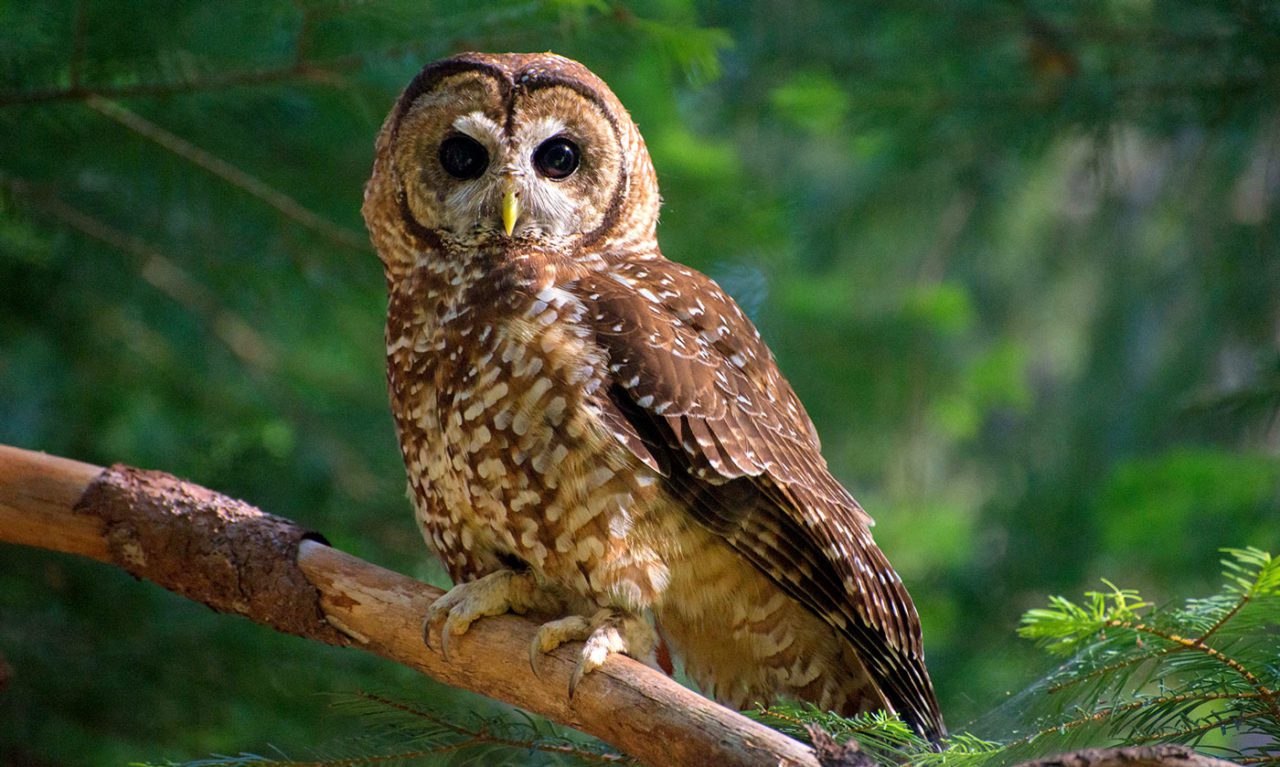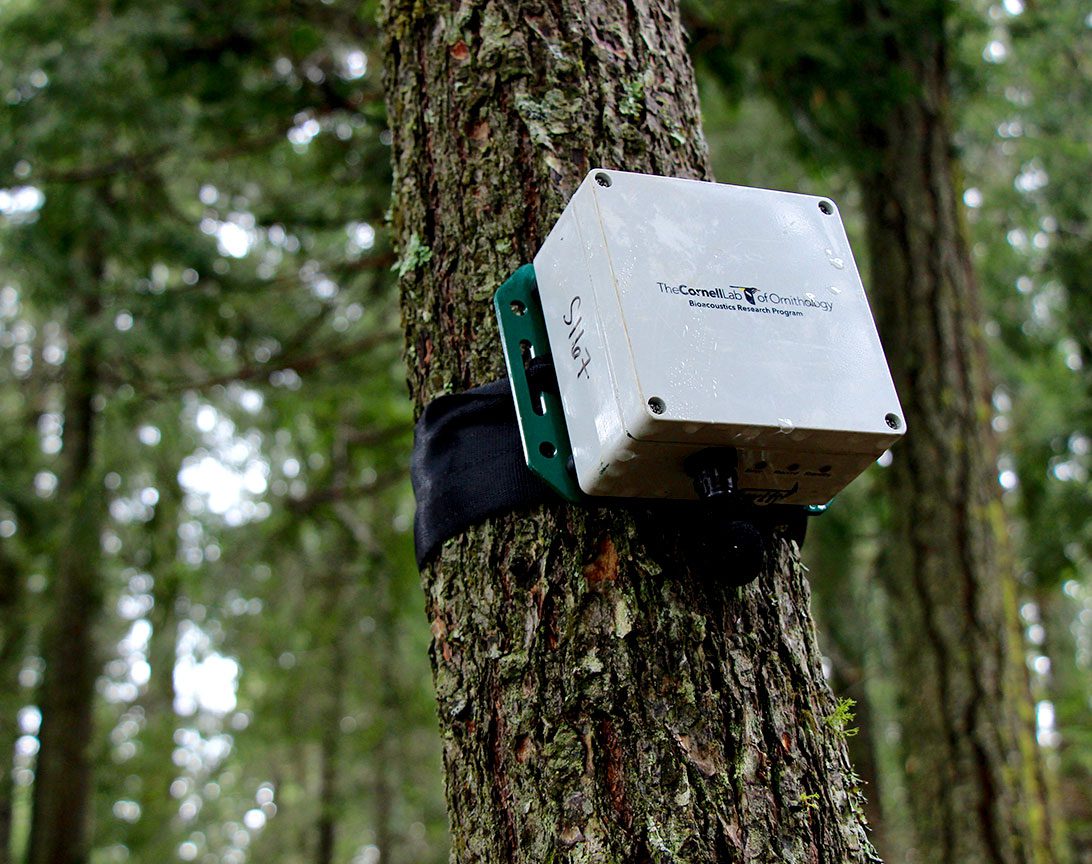Acoustic Monitoring Shows Need for California Spotted Owl Protections
By Dana Kobilinsky
June 22, 2020
From the Summer 2020 issue of Living Bird magazine. Subscribe now.
As invasive Barred Owls expand into California’s Sierra Nevada, researchers say there’s a narrow window to deal with them before their populations explode. Their growing numbers could push the California Spotted Owl toward extinction, much as they are causing declines in Northern Spotted Owls in the Pacific Northwest.
It may be “now or never,” said Connor Wood, who studied the interaction between Barred and Spotted Owls in California for his PhD research at the University of Wisconsin–Madison. Wood was the lead author of a study published in February in The Condor.
While Barred Owl numbers are still low in the Sierra Nevada, the study findings suggest that this is changing rapidly. “There’s a narrow window of opportunity to take meaningful action as conservationists,” he said.
Wood and his team looked into the Barred Owl incursion in the Sierra Nevada after seeing impacts on Northern Spotted Owls in Oregon and Washington. There, Barred Owls expanded their range into Northern Spotted Owl territory, competing for food and resources and driving native owl numbers down (see Evidence of Absence, Spring 2016).
Wood wondered if California Spotted Owls, one of three Spotted Owl subspecies, might face the same fate. Sporadic reports suggest that Barred Owls began showing up in Sierra Nevada forests around 1989. “A lot of those detections were few and far between,” Wood said, “and they were also anecdotal.” He and his colleagues wanted to collect concrete evidence that Barred Owls were there.

They surveyed almost the entire northern Sierra Nevada (2,300 square miles) for Barred Owls, using Swift autonomous recording units from the Cornell Lab of Ornithology’s Center for Conservation Bioacoustics. The researchers rotated 200 Swift units across the landscape, then they used the center’s Raven software to pick out Barred Owl hoots from about 200,000 hours of audio.
In 2017 the study showed the Barred Owl population was relatively low—they occupied just 8% of the landscape. But in 2018, their numbers more than doubled.
To be sure they weren’t counting the same bird multiple times, Wood and his colleagues GPS-tagged 10 Barred Owls and studied their territories. “This gives us confidence that what we documented in the patterns of the acoustic survey reflects population growth,” he said.
Growing numbers of Barred Owls come as California Spotted Owl populations are falling. Long-term studies show the subspecies is declining by 2% per year, even in the absence of major Barred Owl population growth. Reasons for their current decline may be habitat related, Wood said. But more Barred Owls in the Sierra Nevada would add to the pressure on California Spotted Owls: “This combination of threats really does have the potential to push them quickly toward extinction,” he said.
Wood, who is joining the Cornell Lab as a Rose Postdoctoral Fellow this summer, urges action to protect the California Spotted Owl. He says the bioacoustic monitoring program from his research could be used to assess whether experimentally removing Barred Owls from the Sierra Nevada is an effective management option.
Dana Kobilinsky is an associate editor for The Wildlife Society. This story was originally published online by TWS Wildlife News.

All About Birds
is a free resource
Available for everyone,
funded by donors like you
American Kestrel by Blair Dudeck / Macaulay Library



